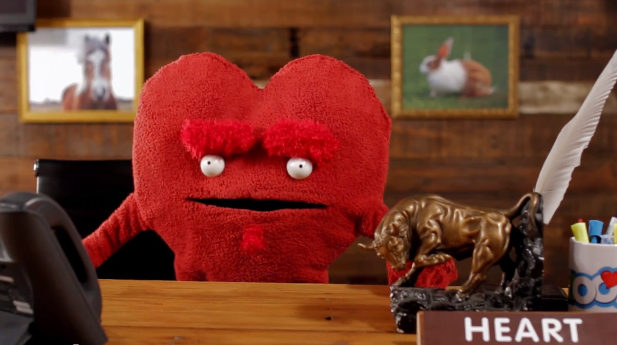ShowBusinessMan [Search results for king]
Spielberg picturizes Stephen King's last novel
Burger King Makes It All About The Breakfast In New Ads

Google Chrome "King Arthur Flour"

Del Taco Fresca Bowls by Camp+King "AHHhhhh"

David Beckham Burger King 2012 Commercial
Spike Lee Reminds Us About The King Of New York In New NBA Ad

All Hail The King — Snoop Lion is served his new adidas Originals Hard Court Defenders in Latest Foot Locker Ad

Antonio Banderas is the "King of Seduction"

The Burger King Hands Free Whopper

Art gallery in honour of Michael Jackson

Pepsi King's Court Super Bowl Ad Official Version

Young Lady Has Her Way With A Frog In New Zoosk Commercial

Strider — Johnnie Walker Keep Walking South Africa

Cowboy Malboro — the most influential man
Samsung Galaxy S4 #CompanionStories — Richy Carrasco — The 360 King

[Guest Post] The Doomsday of Mass Advertising
![[Guest Post] The Doomsday of Mass Advertising](https://blogger.googleusercontent.com/img/b/R29vZ2xl/AVvXsEg1pzoCH_IVH8fd0V5fUusRpsUQJz01b0b3MVnaDLvaj-mRIcQDg5ik5lTO50MkjAbQwgJ0NQJHME_SvBEfGGoYkEVM1Maetc1WqvdIORlNDuHhUNJ404aygDiIyeU1bbPBotZiCw9IqhoP/s1333/Doomsday+Advertising.jpg)
The horse: from Arabia to Royal Ascot at The British Museum

ZOOSK | From The Heart & Dating Advice

The pawn becomes the King

The Vikings return in exhibition in Copenhagen and London


